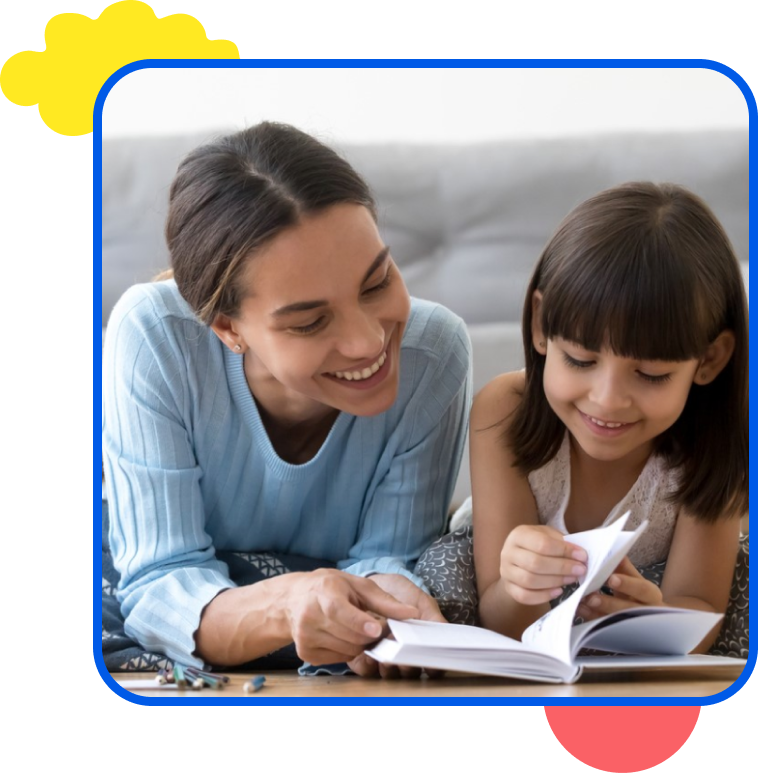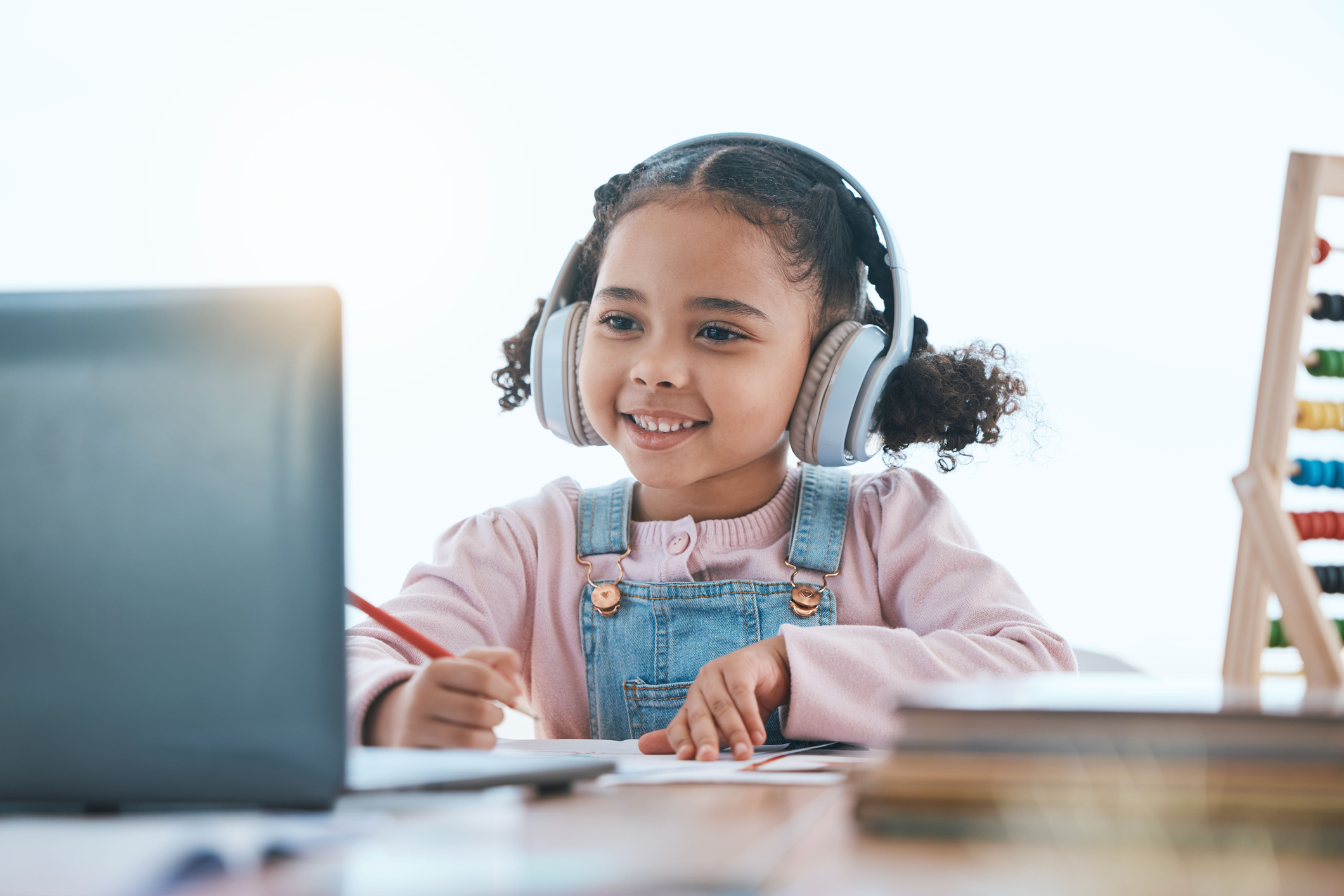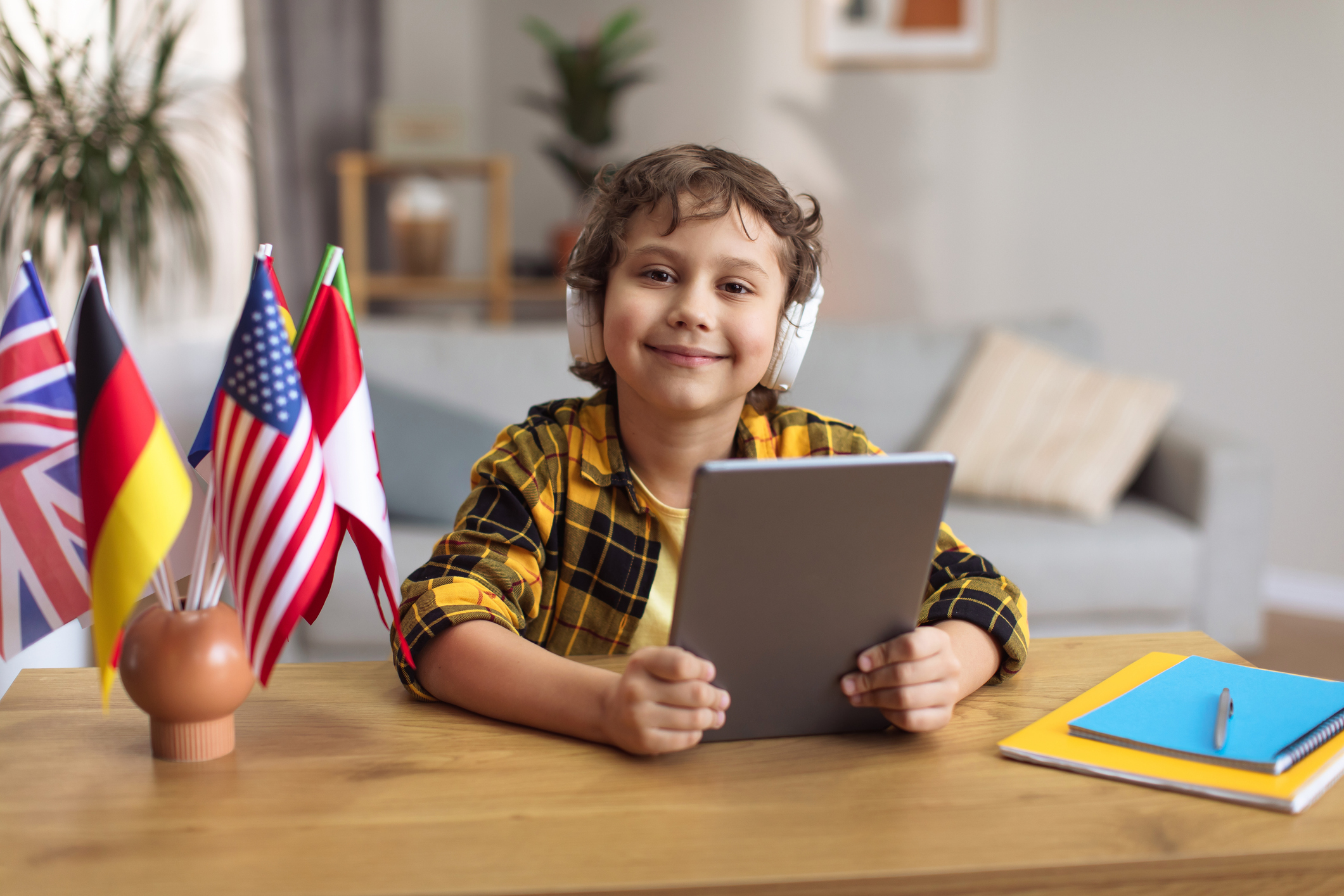9 Reasons to Learn Spanish as a Child



Learning a second language as a child can give your kids the best foot forward as they step into their future. There’s no better language to learn as a second language than Spanish. Why is this? That’s what we’re here to tell you.
There are many important reasons to learn Spanish as a child, and we will only go over a few. Wherever you are and whatever the future holds for your child – learning Spanish is important for giving them the best opportunities in life, understanding and growing in their cultural identity, and much more.
Why Is Spanish Important to Learn for Children?
Spanish is one of the most widely spoken languages in the world. In fact, with 548 million speakers, Spanish is ranked as the 4th most commonly spoken language after English, Mandarin Chinese, and Hindi. In terms of only native speakers, Spanish is the second-biggest language. This is thanks to 21 different countries proudly having it as their official language.
If you live in the United States, Spanish is becoming increasingly more popular. Even though it’s not an official language, the United States has the second-highest population of Spanish speakers in the world.
Spanish is becoming more popular every year and will continue to grow from here on out. After seeing some statistics, you’re beginning to understand why it’s important for children to learn Spanish. In the content below, we will gladly guide you through 9 other significant points that show just how important it is for children to learn Spanish.
1. Early Language-Development Skills
A common mistake is waiting until your child is older to begin introducing them to Spanish. The best time for children to learn Spanish is as early as possible. This is because children have an amazing brain capacity for early language development.
Language learning is a unique skill that helps children innately pick up a language by consistent exposure. Words, phrases, and ideas make more sense to them the younger they are. As they are learning to already process one language, their brain’s language development techniques are sharp. Furthermore, the brain is flexible enough to perform these techniques in two languages at the same time.
Think of the brain as a giant muscle. The more you exercise a muscle, the stronger it gets. Exercising one group of muscles can also have a positive impact on other muscle groups of the body at the same rate. This same principle applies to your brain. The more that this muscle is “trained,” the better it will perform overall. By heavily exercising the language development part of the brain right away, the brain can also be stimulated in other areas. Other skills like communication, memory, concentration, curiosity, and creativity are greatly influenced by language development.
2. Multi-Cultural Diversity
Learning a second language is more than just learning how to speak, listen, read, and write. Language learning is all the more fun when culture is involved. While learning Spanish, there are many opportunities to learn about different cultures and become more culturally diverse! Although there are 21 countries that share Spanish as a common language, they all have their own unique characteristics that are worth learning about.
Fútbol (soccer), dance, art, food, family, celebrations, and history are all very important overarching topics to learn about in each Spanish-speaking region. Here are a few vibrant examples of culture from different Spanish-speaking countries that can be enjoyed while learning:
- Fútbol: The World Cup, Messi’s legendary skills, Real Madrid and Barcelona’s Rivalry, and La Copa Libertatodores
- Dance: Spanish Flamenco, Cuban Salsa, and Argentinian Tango
- Food: Spicy Mexican Salsa, Spanish tapas and paellas, Latin American Empanadas, and the history of chocolate (cacao)
- Family: family structure and dynamics in different cultures
- Celebrations: The day of the dead, quinceañeras, independence days, and traditions for common holidays
- Influential People: Simón Bolívar, Bartolomé de las Casas, and the Pope Francis
- Art and Music: Salvador Dalí, Selena Quintanilla, Pablo Picasso, and Shakira
- Indigenous Culture: Mayans and Aztecs, Quechua, Pyramids in Mexico, Spanish Conquistadors
This list just breaks the surface level of all the rich culture that there is to discover about people and history from all different cultures. Learning about culture can be a very immersive and enjoyable way to enhance learning a second language! By looking into different countries, your child will definitely become very well-versed in different cultures and learn how to appreciate them.
3. Career Placement
Being fluent in another language gives you a big competitive advantage in the job field. Although this isn’t an immediate concern for young children, they’ll be grateful that their parents understood the importance of teaching them Spanish at a young age.
The ability to be able to perform a job in two languages equally will double their chances in the future of finding a career and having stability. Especially if they decide to work in an international company, live near a community of Spanish speakers, or work with clients from other countries– they will be glad to have an open door to communicate with more people!
4. Travel Opportunities
As Spanish is spoken in 21 different countries as an official language, speaking this language even at a moderate level can be very advantageous when traveling.
Traveling is much easier and stress-free if you speak the local language enough to order food, ask for directions, and even communicate with the locals. Talking to locals and reading information of things to do for the habitants of that country can give you the inside scoop to make your trip more memorable and unique. Not only is traveling great for connecting with other Spanish speakers, this will also expose you to different accents and phrases that are used in different countries.
From the Galapagos Islands in Ecuador, to Machu Picchu in Peru, to the beautiful beaches of Spain– there are many beautiful places to visit in each and every Spanish-speaking country. They are all worthy of a trip! The ease of traveling is yet another great reason to learn Spanish.
5. Other Language Learning Becomes Easier
Spanish originates from the roots of the Latin language. This means that other Latin based languages will be much easier to learn based on sentence structure, grammar, syntax, common alphabet, and vocabulary. French, Italian, Portuguese, and Romanian originally come from Latin roots. Having knowledge of Spanish makes these languages simpler to pick up on because you will already have the basic concept of the root language grasped.
Learning an additional language in the future will also help your child really understand and strength a language that is already in your repertoire. You never know what other languages will interest your child as they grow, and this will help give them a better chance to quickly become fluent in third language (or multiple!).
6. Spanish resources are easy to find
As Spanish is a widely spoken language, there are a lot of useful resources to help make learning fun.
Thanks to the wide use of the internet and globalization of technology, there are a lot of resources like movies, TV shows, books, and even language classes available for you and your child.
With all the resources, it may even be a bit too overwhelming to find the best resources for your child to enjoy learning. For starters, here is a list of some great Spanish resources:
- 7 of the Best Spanish Movies for Kids [+Where to Watch Online]
- 12 Entertaining TV Shows in Spanish for Kids [+Where to Watch Online]
- Language learning apps, volunteer programs, activities and more!
- Fun and Age Appropriate Spanish Children’s Books for 3-12 Year Olds
- Online Spanish Classes for Kids and Teens
Imagine having the opportunity to find interests in double the amount of books, double the amount of singers, and double the amount of movies! By teaching your child’s a second language, they can enjoy another world of humor, movies, jokes, and stories.
7. Bilingual Children Perform Better in School
Another important reason to learn Spanish is a child is the improved learning capacity. Learning a second language develops the brain in a more efficient way because it is trained to work differently. Some studies suggest that taking languages classes increases the brain’s capacity to pay attention, memorize things quickly, and focus on details. These skills learned subconsciously help the overall brain productivity increase. Imagine your child only needed to look over information once or twice to commit it to memory instead of needing to stay up for hours at a time cramming for a test. This is really going to prepare them for their future and save them time and optimize their time overall learning!
8. Connects them to their origin and ancestors’ culture
If you or anyone in your family has roots tying them to Central America, South America, or Spain, your child will have a deeper connection to these origins by learning the language. A language is not only just words and sounds, but it also conveys an entire culture while it’s being used.
The relationship between language and culture is so intertwined, it’s highly complex to separate them. This is why some phrases, idioms, and cultural concepts don’t even exist in some languages and word for word translations don’t always work out. For example, you cannot word for word translate “Do you like it?” in from English to Spanish, because the literal translation is “Is it pleasing to you?” (AKA ¿te gusta?). This is just a simple example proving this point, but there are many more complex ideas and concepts that do not translate word for word based on cultural differences.
An example of a concept is the level of respect and way of showing it. In Spanish, you have two different conjugations for all verbs and subjects that are used to convey a certain level of respect and distance yourself from the other person. Although you can show a great deal of respect in English by using “ma’am” and “sir” while speaking, it’s quite different to use different verb conjugations to convey this concept. By learning the language, you will subconsciously also pick up on the culture.
It’s important to be proud of your roots and where your family came from – learning Spanish is key to making this happen for your child.
9. Connect with other communities and make new friends
If your children learn to speak Spanish inside the United States, they will be able to communicate with over 41 million Spanish-speakers– that’s a big community! This creates a lot of opportunities for your children to build friendships in Spanish, join the local soccer team, play with other children at the park, and be ready for encounters with other Spanish speakers all over town. Creating lasting friendships and building a strong community are great reasons to learn Spanish as a child.
How to Get Your Child Started Speaking Spanish?
If you are living in a country where Spanish is not the native language, it may get a bit difficult to stick to learning. In addition to at home conversations with just parents, sometimes kids need an extra jump start to really dive into their learning.
By enrolling in online classes for your child (ages 3-15), you have the convenience of a class based on your schedule and the comfort of knowing that your child is receiving lessons from a professional. The best part? Group classes are fun! LingoCircle offers your child a great program to help them become bilingual Spanish speakers and have a blast while doing it.


Simple Ways to Learn a Second Language at Home
Get resources and tips to help supplement your bilingual education journey at home.
By providing your email you are signing up to receive emails from Bilingual Bebe. Privacy Policy







